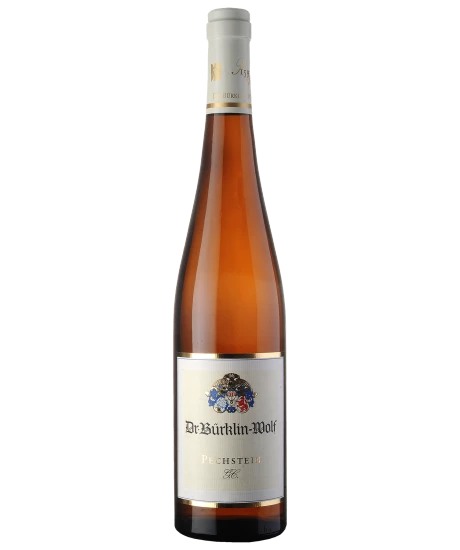Forster Pechstein Riesling 2021
QbA Pfalz, Dr. Bürklin-Wolf, 750 ml

Attributes
| Grape variety: | Riesling |
| Producer: | Dr. Bürklin-Wolf / Fam. Bürklin |
| Origin: | Germany / Pfalz / Mariengarten (Forst) |
| Other vintages: | 2022 |
| Label: | Vegan, Certified organic or biodynamic wine |
| Ripening potential: | 2 to 15 years |
| Drinking temperature: | 12 to 14 °C |
| Volume: | 12.5 % |
| Note: | Contains sulphites |
Dr. Bürklin-Wolf / Fam. Bürklin
Pfalz
Pfalz: Riesling meets Burgundy
Palatine winemakers manage the feat of vinifying top-tier crus from both white and red varieties. In addition, Riesling presents the same class here as Chardonnay and other Burgundy varieties. This versatility at high quality levels makes Germany’s second-largest wine region a trove of discoveries of all kinds. Tranquil winegrowing towns with a diverse range of culinary offerings and hotels make the Palatinate region a perfect wine travel destination.

Germany
Germany – Into the elite the hard way
Sitting in the heart of Europe, the hilly, lake-dotted landscape of Germany provides ideal, fertile soil for the most diverse vine varieties. From Albalonga to Zweigelt, over 140 different grape varieties are grown on about 100,000 acres, cared for by nearly 50,000 vintners. Most of these vintners are young, modern, internationally trained, inquisitive and urbane. It is hardly surprising, then, that German wine has a good reputation well beyond the country's borders.




